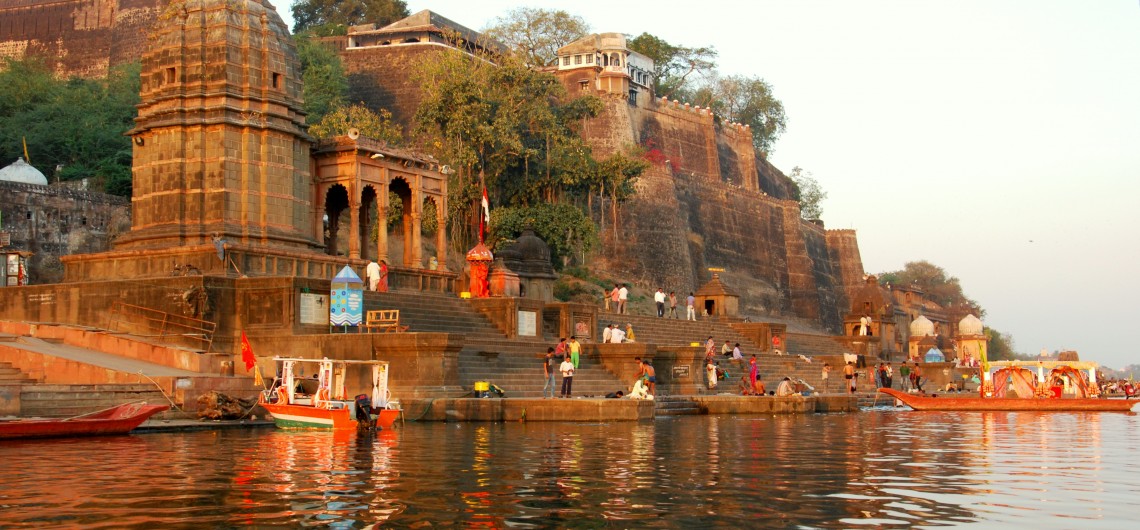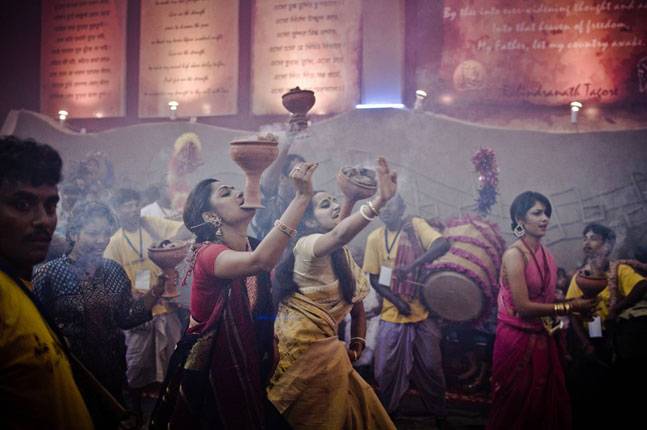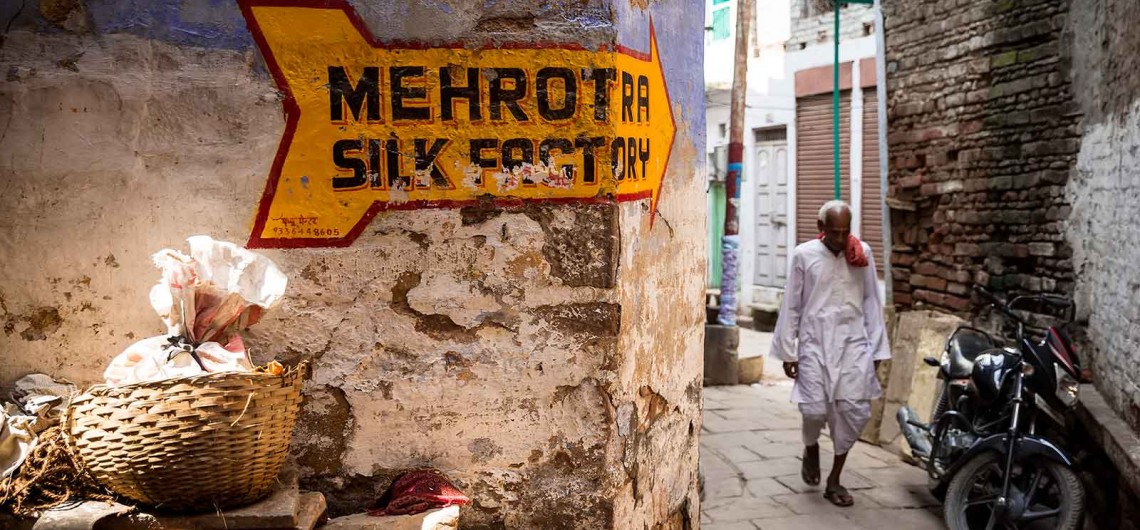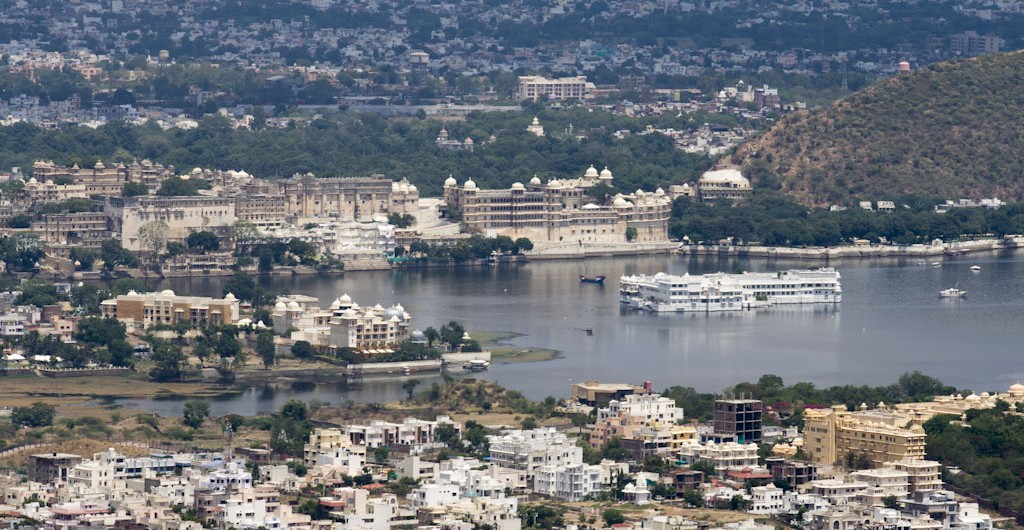Sign up with goingindiaa.com for a guided tour of Chandni Chowk (Shahjahanabad). The walk begins early in the morning and is over by the time the place starts crowding. It will give you time to absorb the architecture and history of one of India’s oldest and perhaps the most populated market. Don’t bother with breakfast before the walk—we will arrange this for you during the walk. During the walk you will also cross several naan khatai, puri choley, pakora and lassi vendors in these narrow lanes. Sample them all to get a taste of ‘Purani Dilli’. We will cover : Chandni Chowk . Digambar Jain Lal Mandir . Gauri Shankar Temple. State Bank of India building whose large façade, round arches, Roman pillars and high ceilings. Asia’s biggest electronic market. Dariba Kalan which is a popular street for jewellery. Markets of some traditional businesses which manufacture &s sellitra, i.e perfumes or essence. Group of old heritage havelis. Gadodia Market – Spice Market. Over a period of 400 years the city has seen many changes, but two events have most prominently shaped it: the suppression of the rebellion of 1857, and the Partition of 1947. The first stop is two old temples: Digambar Jain Lal Mandir and Gauri Shankar Temple. Our next stop is the State Bank of India building whose large façade, round arches, Roman pillars and high ceilings are typical of colonial architecture. However, it is interesting to note that it is built over an estate of Kashmiri dancing girl-Begum Samru who was very influential in the eighteenth century. Her palace still exists and is part of Bhagirath Place which is Asia’s biggest electronic market today. A few steps ahead is Dariba Kalan which is a popular street for jewellery. The market has some traditional businesses which manufacture &s sell itra, i.e perfumes or essence. Dariba
Sign up with goingindiaa.com for a guided tour of Chandni Chowk (Shahjahanabad).
The walk begins early in the morning and is over by the time the place starts crowding. It will give you time to absorb the architecture and history of one of India’s oldest and perhaps the most populated market. Don’t bother with breakfast before the walk—we will arrange this for you during the walk. During the walk you will also cross several naan khatai, puri choley, pakora and lassi vendors in these narrow lanes. Sample them all to get a taste of ‘Purani Dilli’. We will cover :
- Chandni Chowk .
- Digambar Jain Lal Mandir .
- Gauri Shankar Temple.
- State Bank of India building whose large façade, round arches, Roman pillars and high ceilings.
- Asia’s biggest electronic market.
- Dariba Kalan which is a popular street for jewellery.
- Markets of some traditional businesses which manufacture &s sellitra, i.e perfumes or essence.
- Group of old heritage havelis.
- Gadodia Market – Spice Market.
Over a period of 400 years the city has seen many changes, but two events have most prominently shaped it: the suppression of the rebellion of 1857, and the Partition of 1947. The first stop is two old temples: Digambar Jain Lal Mandir and Gauri Shankar Temple. Our next stop is the State Bank of India building whose large façade, round arches, Roman pillars and high ceilings are typical of colonial architecture. However, it is interesting to note that it is built over an estate of Kashmiri dancing girl-Begum Samru who was very influential in the eighteenth century. Her palace still exists and is part of Bhagirath Place which is Asia’s biggest electronic market today. A few steps ahead is Dariba Kalan which is a popular street for jewellery. The market has some traditional businesses which manufacture &s sell itra, i.e perfumes or essence. Dariba Kalan was also witness to Nadir Shah’s massacre of the city in the year 1739. A little further down the main street of Chandni Chowk is Sunheri Masjid, of which it is said that Nadir Shah stood on the terrace of this very mosque & watched the violence unleashed on the citizens of Delhi.Sunheri Masjid is located in the roundabout called ‘fawwara’ or fountain chowk. Other important landmarks here are Sisganj Gurdwara, a museum on Sikh history, the former Mughal kotwali & Ghantewala Shahi halwai. The chowk has been renamed Bhai Mati Das Chowk, who was killed here by the Mughals. Taking a slight detour from here, we walk into a group of havelis called Naughara, passing through famous Parathewali Gali. Naughara or ‘nine houses’ is reflection of how city of Shahjahanabad was planned by leaving some spaces for individual development which encouraged people to organize themselves on some basic identity. The kucha naughara has a Shwetambar Jain temple which is believed to be more than 2500 years old by the locals. We exit naughara through Kinari Bazaar and Moti Bazaar and walk out into Chandni Chowk.
The next stop on our walking tour is Town Hall. It was British Municipal Corporation building and and till very recently housed the offices of Municipal Corporation of Delhi. Here, in the middle of the street used to be a market square which had a pool reflecting moonlight. Thus, the place gets its name as ‘Chandni Chowk’ or ‘moonlight square’. The neighbourhoods in old Delhi all have specific names, either denoting the trade that is carried on in that area, or often the name of a dominant commercial class, or sometimes, names are taken after famous personalities of that neighbourhood. A little further from Town Hall is the neighbourhood of Katra Neel. It was a famous sector dealing with cloths. ‘Katra’ denotes a commercial sector of the city and ‘Neel’ means indigo. Thus as it could be deduced from its name it was a famous sector dealing with the cloths. Apart from katra another name which is used for neighbourhoods is ‘Kucha’. ‘Kucha’ is a residential lane, often with a dead end. We looked in at Kunniji Maharaj Shivalaya, a small Shiv temple, and one of the numerous in this area.
The Fatehpuri Masjid stands at the end of Chandni Chowk. Just outside its gateway is the famous sweets shop, Chaina Ram. The area around Fatehpuri is is the meeting point of several important bazaars: the spice market at Khari baoli, the Chandni Chowk, and then Lal Kuan. It also functions as a ‘labour chowk’, a place where skilled, semi skiller labourers sit with their tool, waiting for people to hire them. We walk through Fatehpuri into Khari Baoli’s Gadodia Market. It is a large building, acting as a warehouse for spices. Its roof offers an excellent view of the old city: one can see the entire length of Chandni Chowk, Red Fort & minarets of temples near it, old Delhi railway station, into the courtyard of Fatehpuri, Jama Masjid, the new MCD building near Turkman Gate.
Wear comfortable shoes and be prepared to walk. Carry something to cover your head if you’re planning to visit religious places. Keep asking for directions as you move.
Thanks you
Goingindiaa Team
contact@goingindiaa.com










